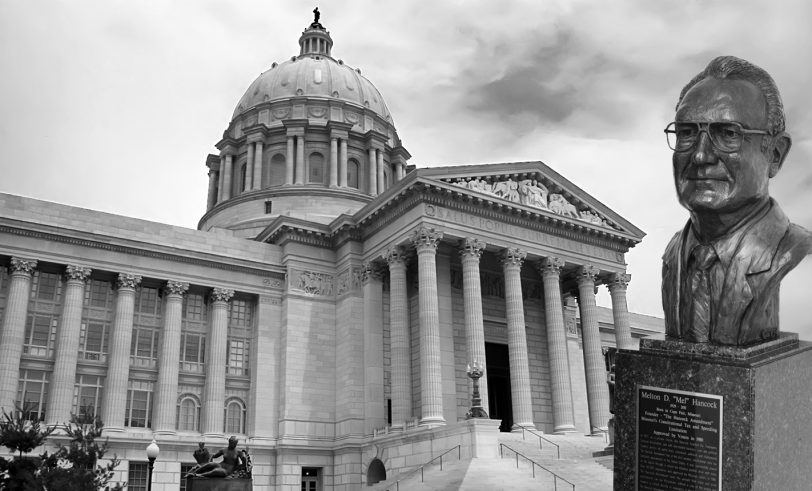The Hancock Amendment: A Primer

On November 4, 1980, Missouri voters approved an amendment to the state’s constitution—commonly referred to as the Hancock Amendment—that placed a limit on the government’s ability to tax and spend its residents’ money. At the time, Missouri’s amendment was one of the first, and was thought to be one of the strongest, tax and expenditure limits (TELs) in the country.
Missouri’s problem is that more than 40 years after Hancock Amendment adoption, the state’s limit has grown obsolete and ineffective. In fact, as this report explains in detail, without reform, many of the amendment’s provisions will never provide a binding constraint on government growth again. Fortunately, thanks to decades of experience with TELs across the country and economic research into their design, there are a plethora of reforms available that could restore the amendment’s past protections and offer even stronger ones if Missouri voters so desire. This report provides an overview of the research on TELs, an in-depth discussion of Missouri’s Hancock Amendment, and an examination of ways in which the amendment could be improved to better serve taxpayers.
Click here to read the full text.


